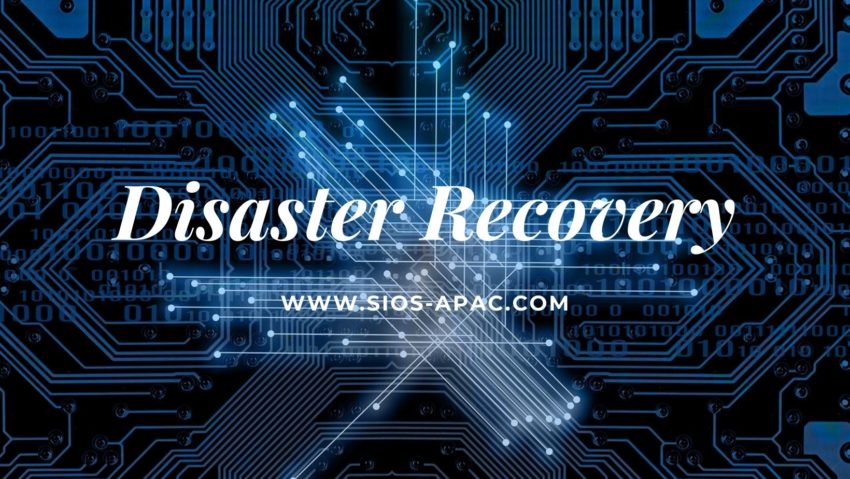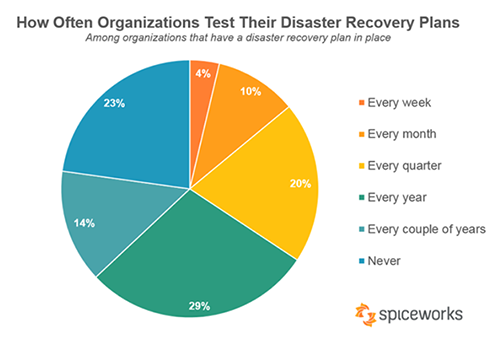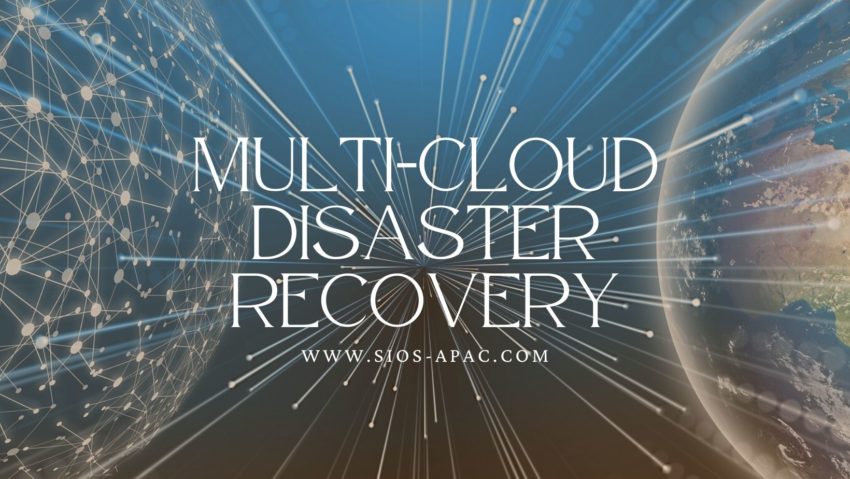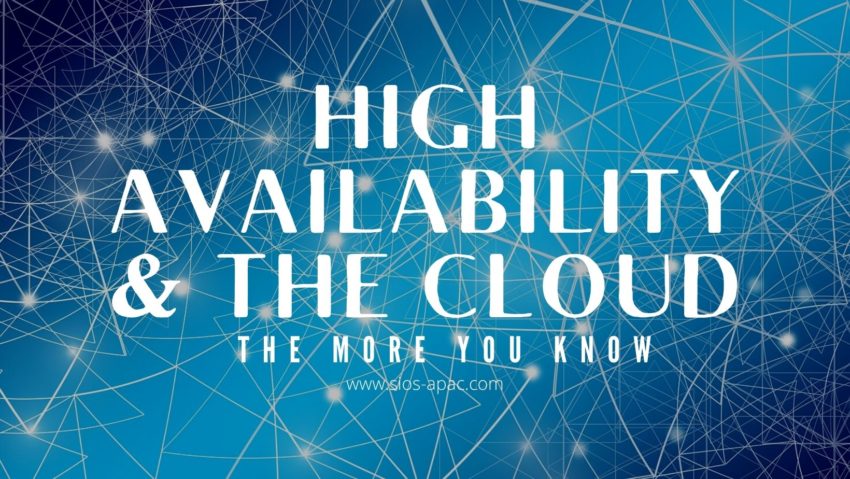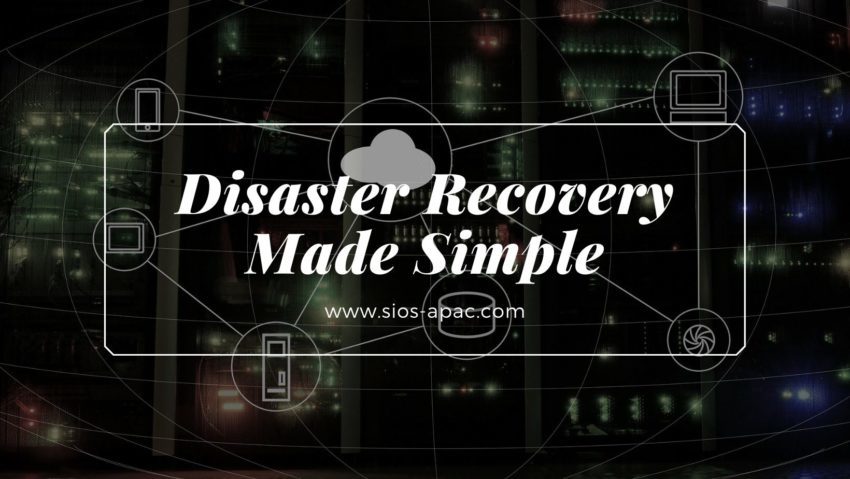| November 2, 2021 |
Disaster Recovery |
| October 30, 2021 |
Multi-Cloud Disaster Recovery |
| October 25, 2021 |
High Availability & the Cloud: The More You Know |
| October 22, 2021 |
Disaster Recovery Made Simple |
| October 16, 2021 |
Enhanced High Availability for SAP S/4HANA in Cloud Environments |
